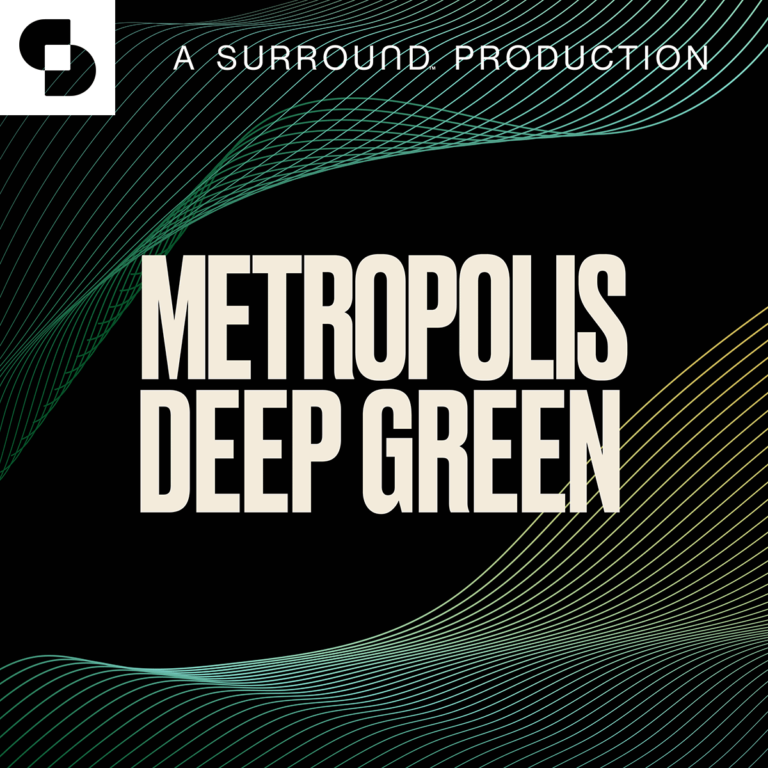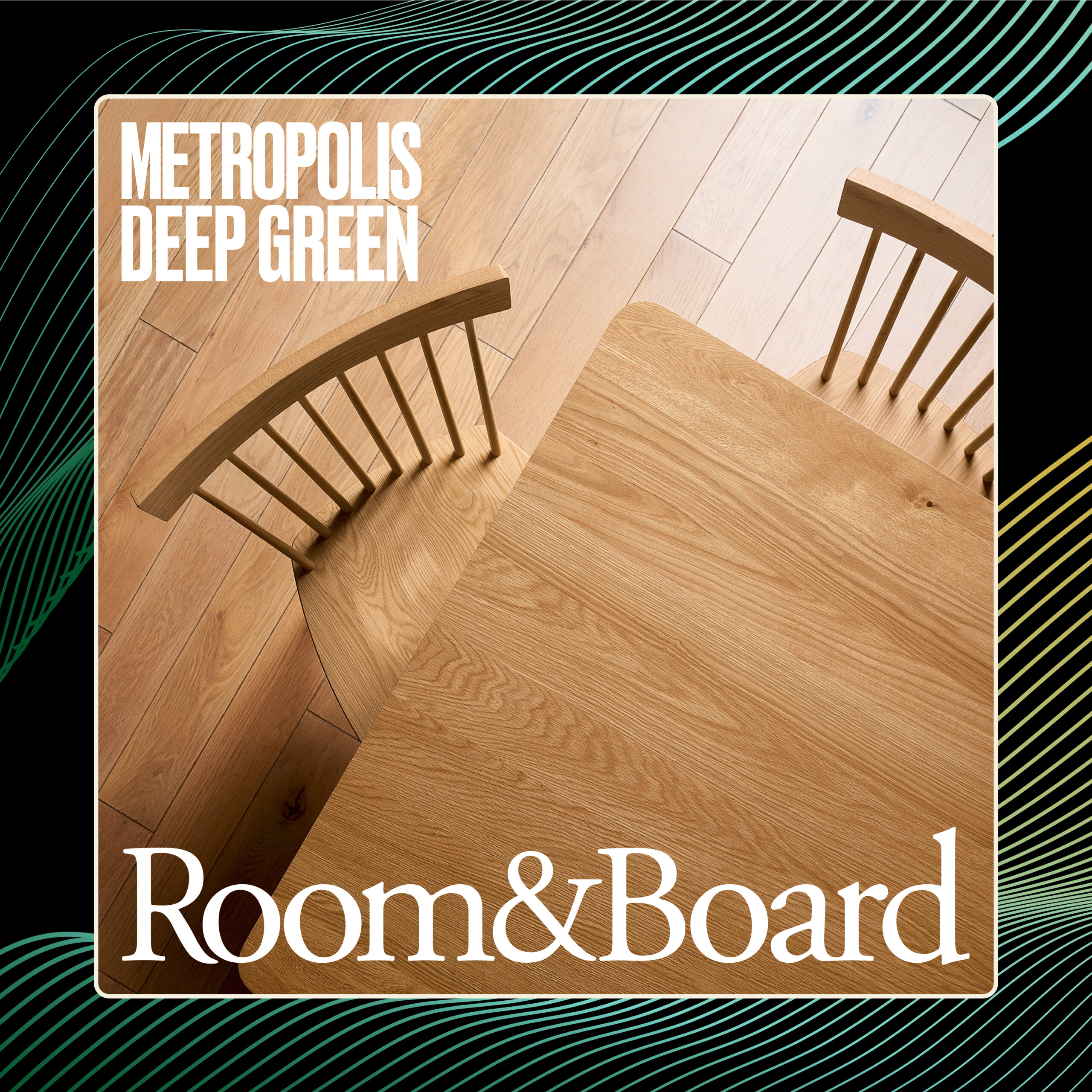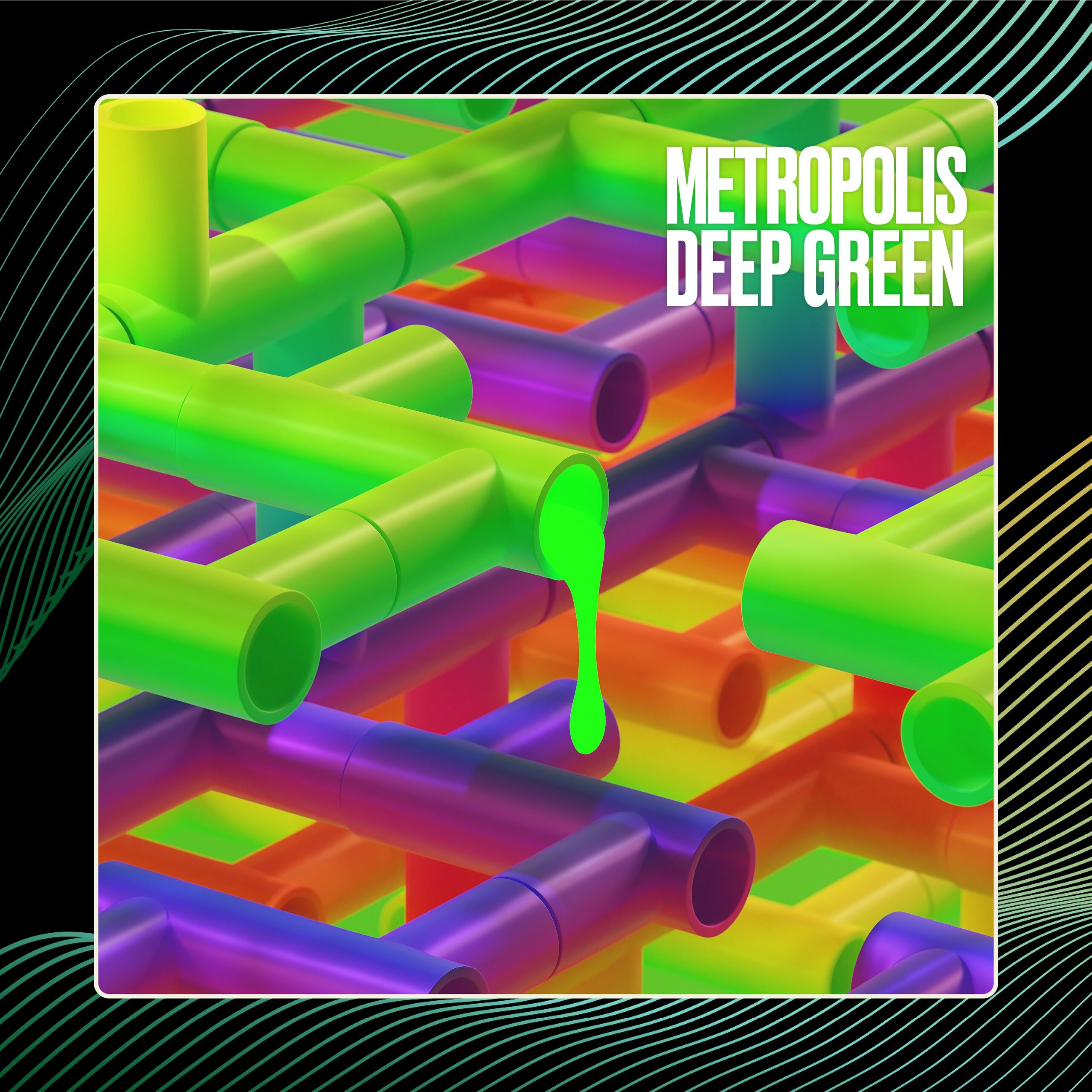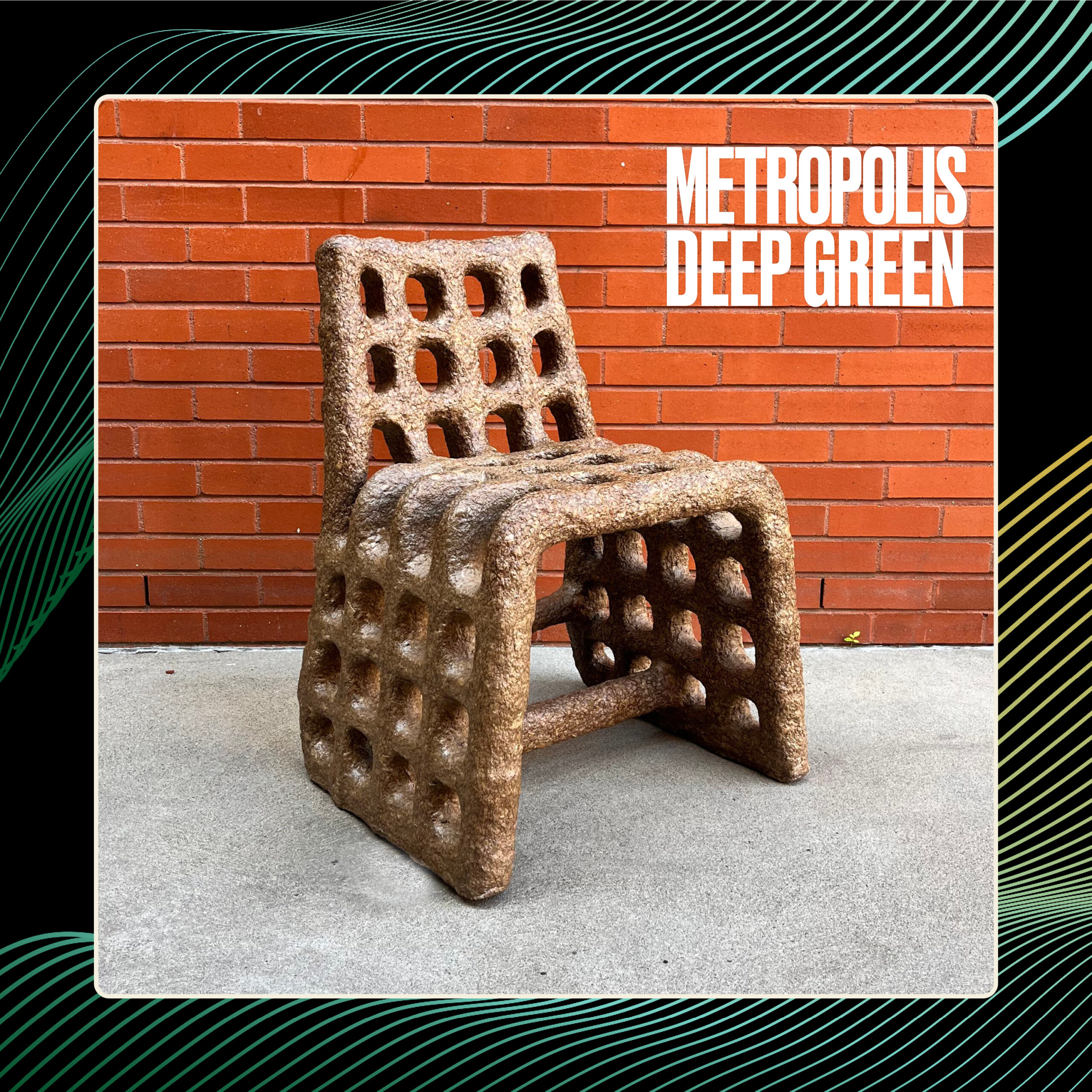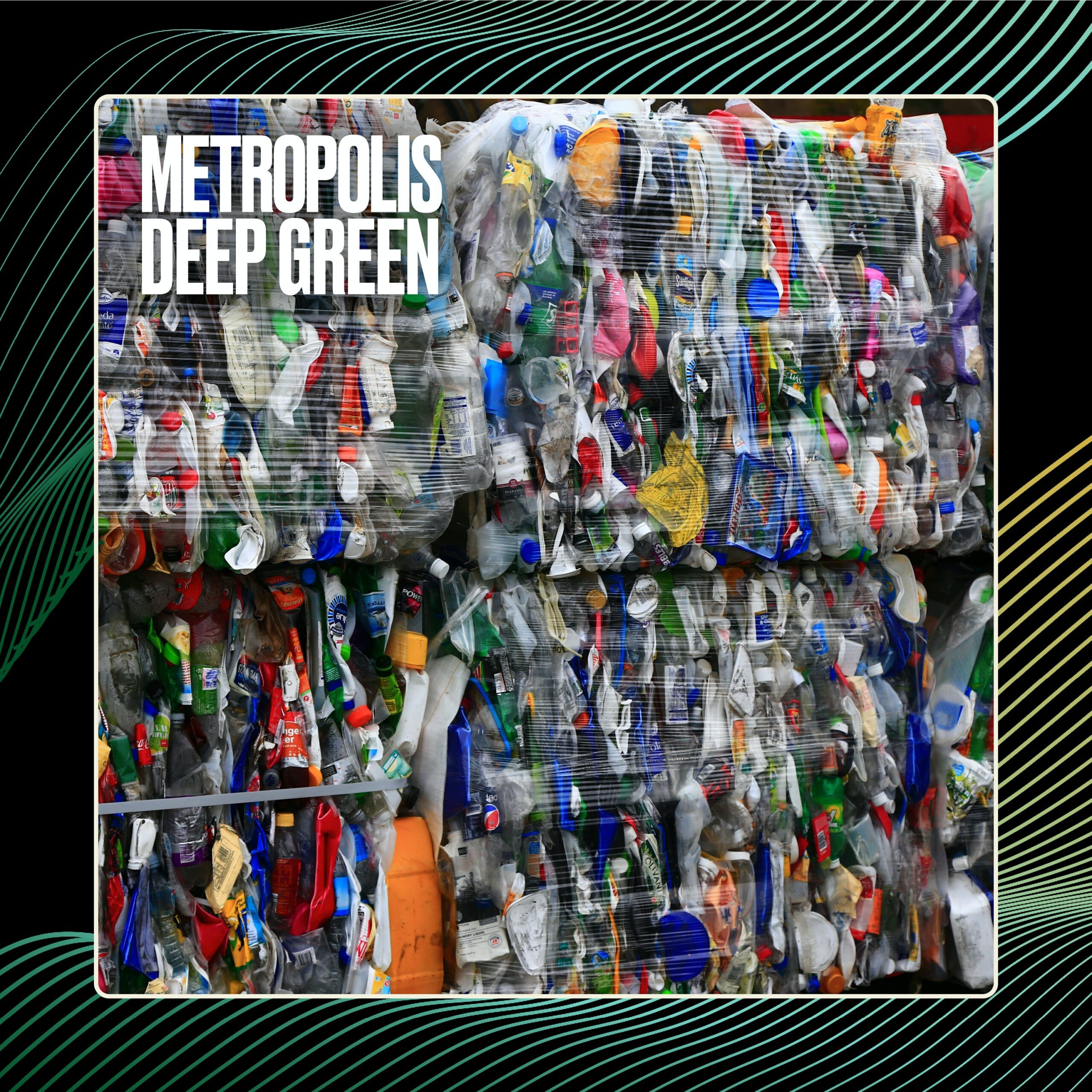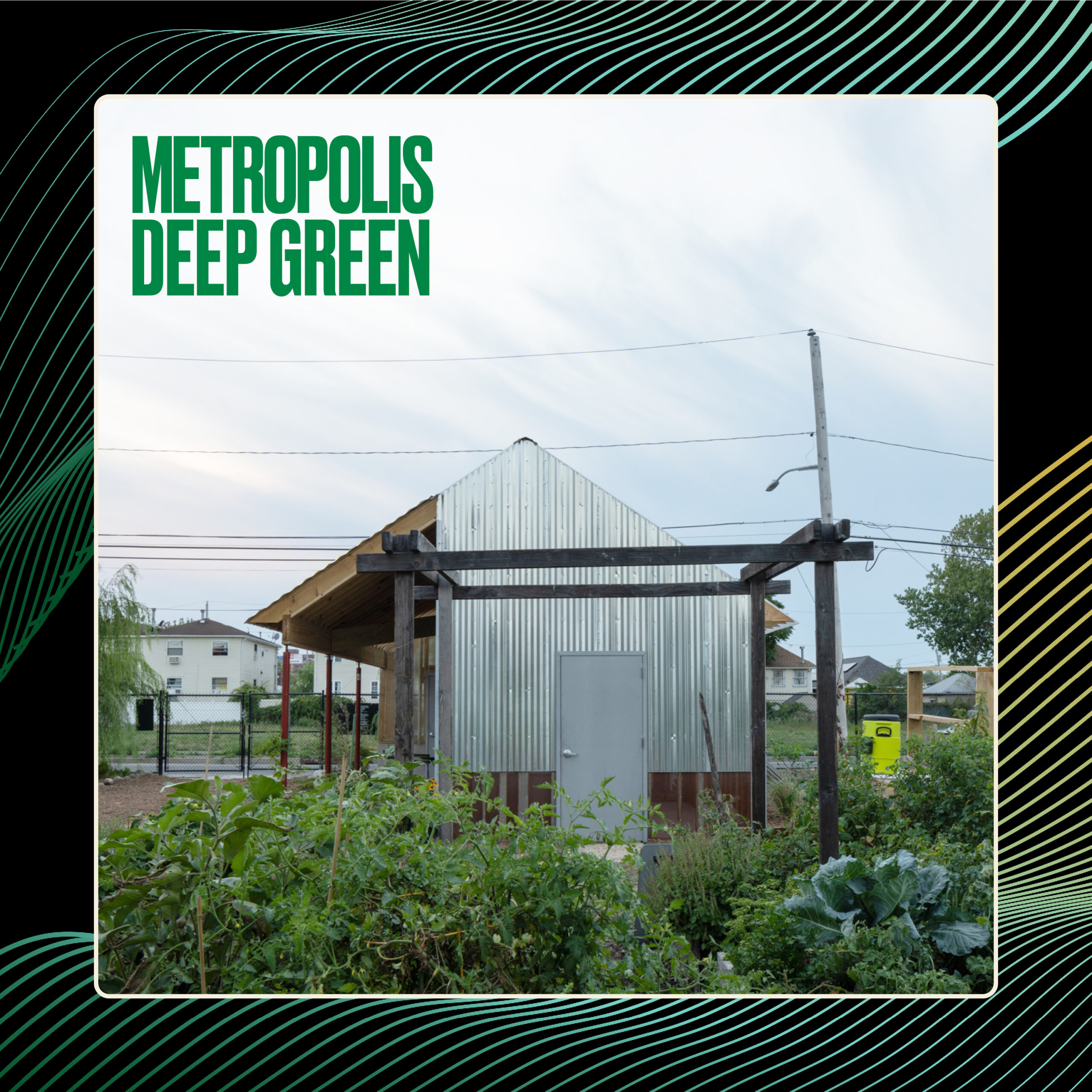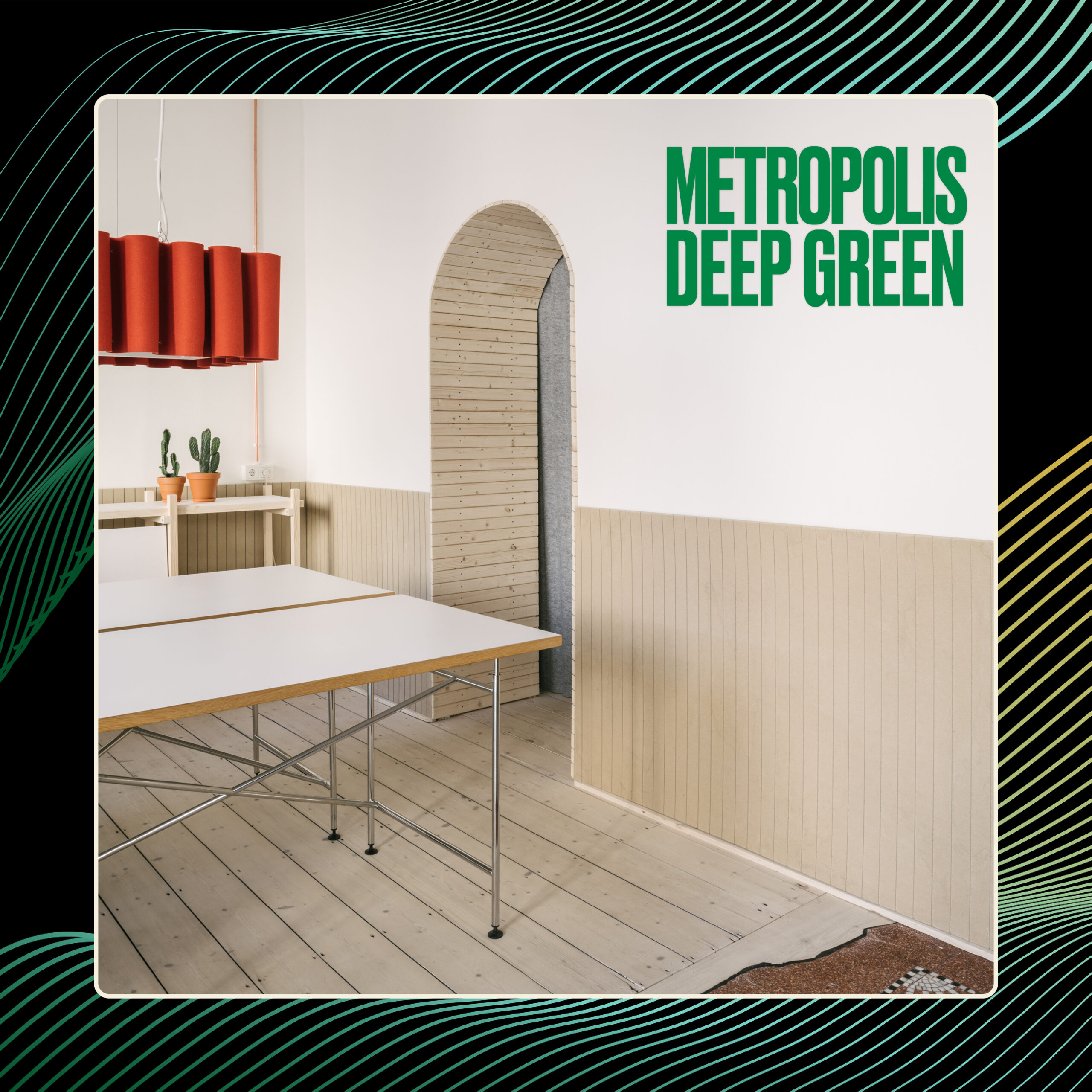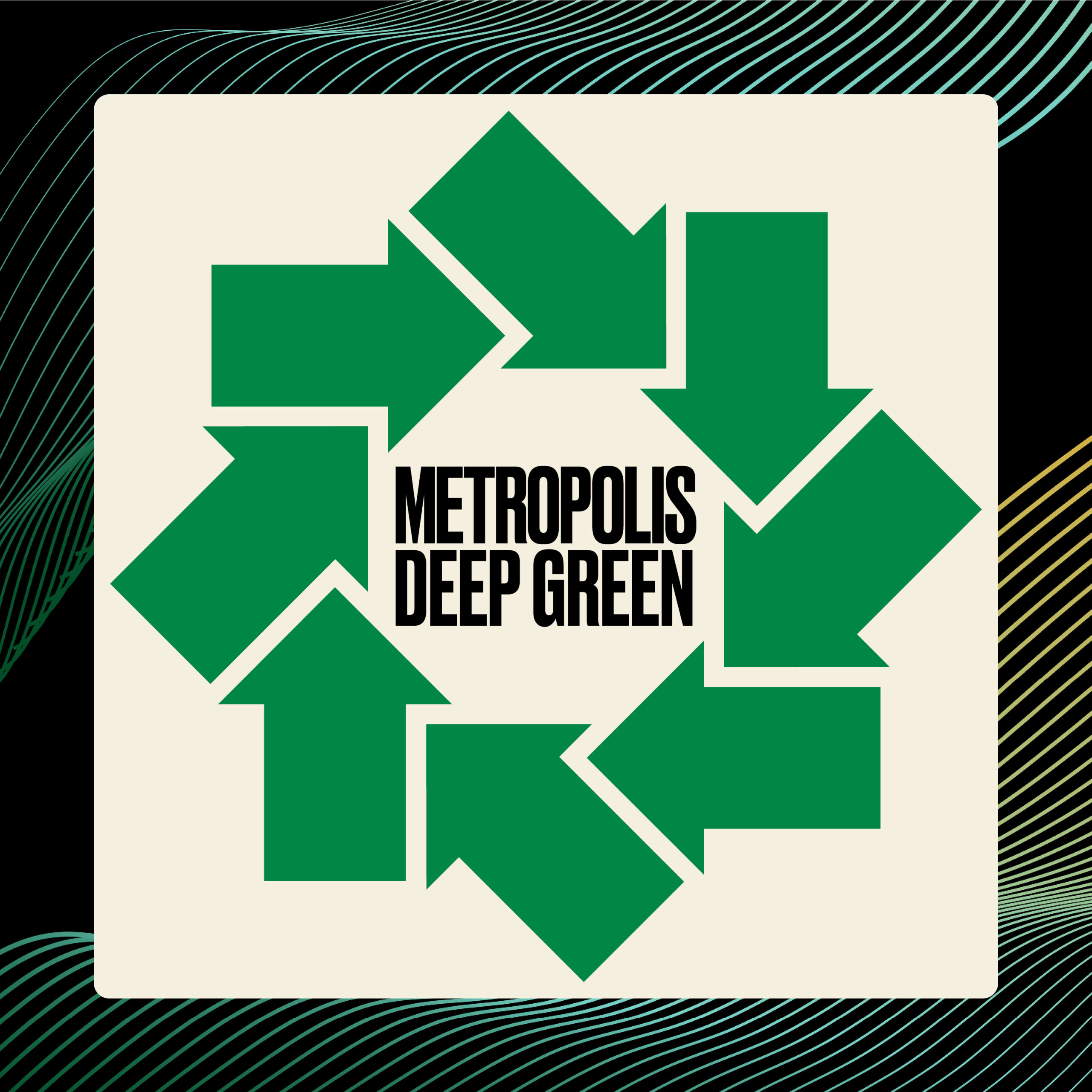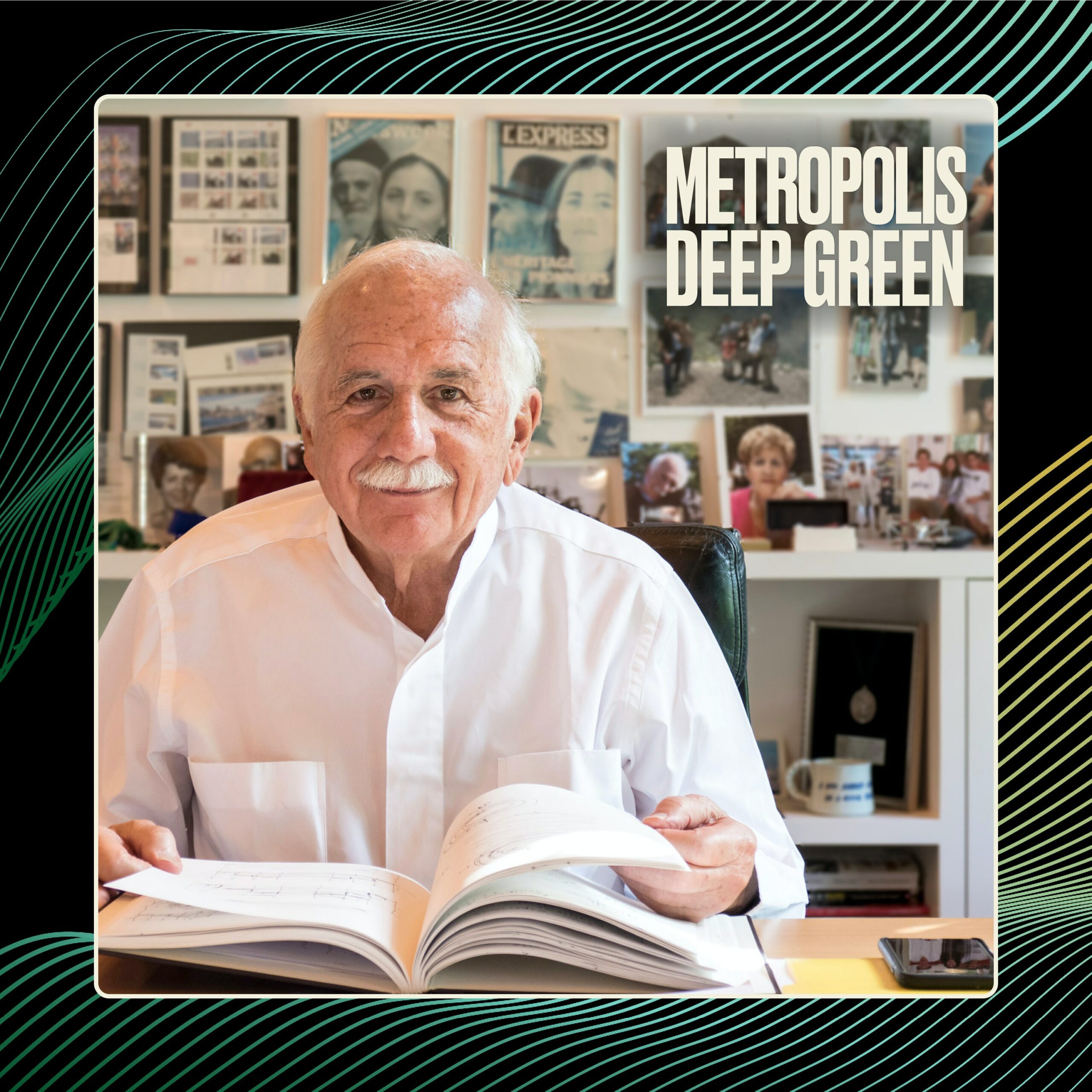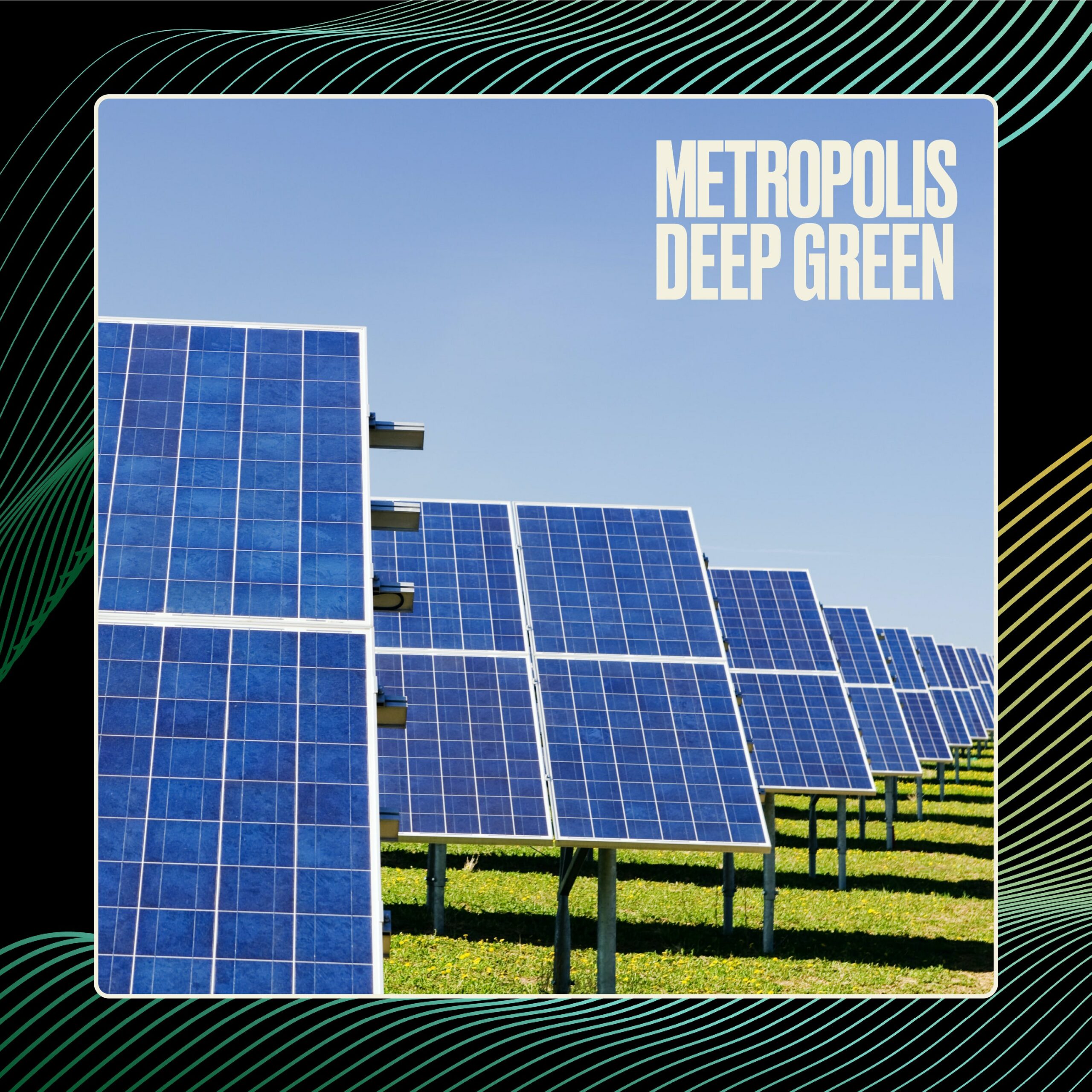It’s August 2021 and there’s no clear end in sight for the COVID-19 pandemic, thanks, of course, to the Delta variant. The Centers for Disease Control in the U.S. has had to change its advisory a few times this year. Its most current advice: If you’re in an area with high infection rates, wear a mask everywhere, whether you’re vaccinated or not. If your area hasn’t been affected much by the Delta variant, you should still be wearing a mask indoors, whether you’re vaccinated or not.
It’s all about air—whether you are indoors or outside. So what should we do for clean air?
First, we all intuitively know now that indoor air is riskier, generally speaking, than outdoor air. Because of the way we build commercial buildings now in the United States, inside air invariably goes through an HVAC system, which is basically recirculated air that isn’t immediately exchanged with the air outside. The system was built this way to recirculate heating or cooling—but of course it also recirculates germs. Our reporter Audrey Gray sits down with Nathan Stodola, chief engineer at the International WELL Building Institute, and Josh Greenfield, director of high performance design at HDR, to talk about how thoughtful design can help cool things off and keep us safe.
Next, you’ve likely heard a lot about engineered and technological solutions for clean air but, as you now know, they invariably require energy and many times they’re just a band-aid fix. So should we turn to nature? Should we be thinking about bigger changes, fundamentally shifting the way we design buildings and their connection to natural systems like plants, soil, and micro-organisms? To answer that, reporter Akiva Blander speaks with Brent Bucknam of Hyphae Design Laboratory.
Resources:
– After 2020, Designing For Indoor Air Quality Will Never Be the Same: metropolismag.com/architecture/designing-for-indoor-air-quality/
Connect with Metropolis:
Instagram: @metropolismag
Facebook: facebook.com/MetropolisMag/
Deep Green is a production of SANDOW Design Group.

